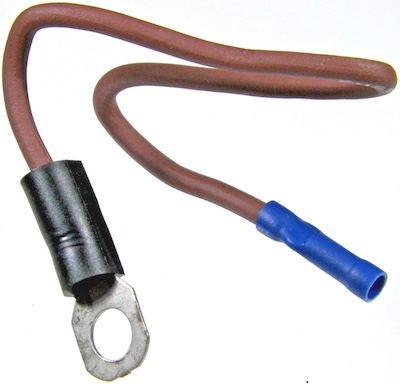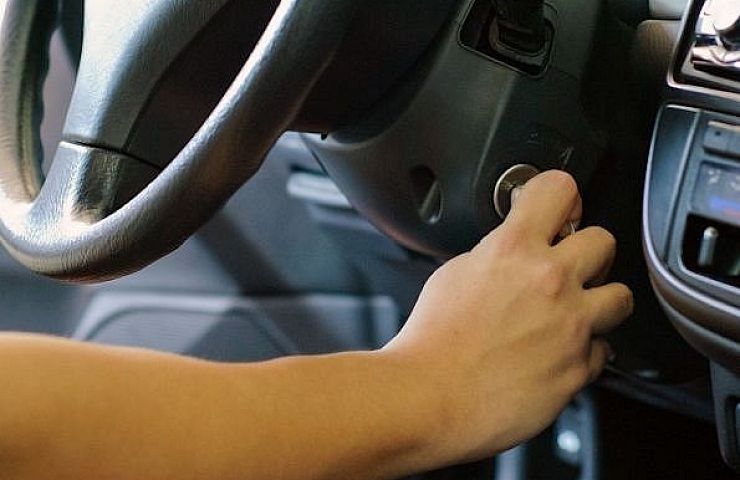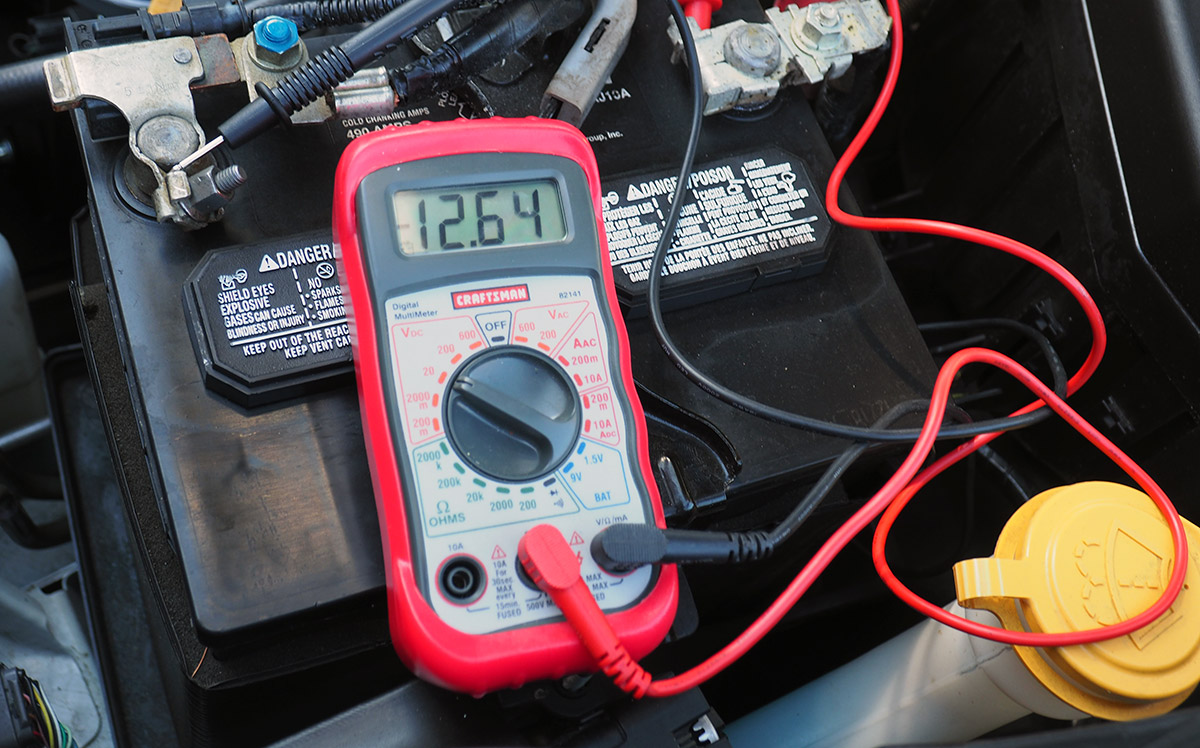Contents
It takes three things to start an engine: spark, fuel, and air. For most modern vehicles, when a car doesn’t start, it’s caused by the lack of a spark. Usually, it’s an electrical issue caused by a faulty battery. Fortunately, electrical problems are often easy to diagnose and fix.
Shop now for jump startersBattery Problems
The most common reason a car won’t start is a dead battery. Perhaps you left a light on or a device plugged into a power port.
At first, the vehicle takes longer to start, and the starter turns more slowly. Or your lights are dim. Then, without warning, your battery fails. If your vehicle makes a rapid clicking noise when you turn the key, that indicates a slightly discharged battery that doesn’t have enough power to start the car.
Jump-starting your car is likely all you will need to get back on the road. You can use a set of jumper cables (with help from a fellow motorist) or a battery pack. Compact battery packs are small enough to fit in the glove box but powerful enough to start a car without any help.
Even if you successfully jump-start your car, take the time to evaluate your car battery’s power. First, check your battery using a multimeter. A properly charged battery indicates at least 12.5 volts of power. If you get a lower reading, then charge your battery again. Use a battery charger or take the car for a 30-minute drive while minimizing the use of electrical accessories, such as the sound system or air conditioning. After returning, test the battery again. If your battery can’t maintain a proper charge level, it’s time for a new one.
Car batteries lose their capacity to hold a charge over time and must be replaced periodically. Most batteries last three to five years. A battery load tester is an excellent tool for checking if a battery still has its rated cold-cranking amps (CCA)—a critical measurement of its performance in the worst conditions. For example, if a battery has 70 percent or less of its CCA, it is time for a replacement. Consult your owner’s manual or trusted web sources to establish the ideal CCA for your model.
Corroded or loose battery connectors are also a common problem. Make sure the battery terminals are firmly attached. If the terminals have corrosion—a white or green powder—clean them with sandpaper or a wire brush to restore a good connection. Use safety glasses and gloves because the residue is corrosive.
A good way to keep the battery terminals free of corrosion is to apply a light coat of silicone grease or Vaseline on them. This will prevent moisture from corroding the terminals in the future.
Shop now for multimetersBlown Fuse
Most vehicles have several fuses that can blow, thereby causing a no-crank situation. These fuses are usually labeled “start,” “starter,” “crank,” or “ignition.” Check your vehicle’s manual to find the fuses directly related to the starter mechanism. Your manual will also indicate the correct fuse size if you need to change it.
Fusible Link Failure

Wiggle the wire, and you might hear electrical relays engaging. Then, try to start the car.
Shop now for fusible linksIssues With the Key
Many modern automobile keys are paired with a specific car to prevent theft. If the key is damaged, the anti-theft system might not recognize the key and will not engage the starter motor. Here’s a quick way to test the key:
- Ensure that the key is set to the On position.
- Check the anti-theft dashboard light. If it comes on and then remains off after a few seconds, your key is functioning.
- Does the anti-theft dashboard light continuously flash? Then your key could be damaged.
- If you have another key for your car, try that one.
Cars with push-button start might not start if the key fob battery is low or dead. The dashboard will probably indicate that no fob was detected. Check your owner’s manual for an alternative way to start the car and replace the key fob battery as soon as possible.
Shifter or Clutch Safety Switch
A safety switch inside the transmission shifter (or clutch pedal) determines whether the starter can be engaged. Automatic transmissions usually start only in Park or Neutral. Manual transmissions have a similar clutch interlock safety switch that only allows the engine to crank if the driver presses the clutch pedal.
If the switch fails or the shifter is not positioned correctly, you can get a no-crank situation. Try moving the shifter handle in and out of Park or wiggle the handle while trying to start the car. If this condition persists, you will need to replace the switch or check its alignment.
Shop now for clutch safety switchesTrickier Situations: Starters, Solenoids, and Switches
If the simple fixes above don’t fix the problem, there might be a bigger issue.
Bad starter or solenoid
Modern cars should go 100,000 to 150,000 miles before a starter fails, but it can happen anytime. There’s not much warning before it goes. Sometimes, the starter will crank a little slower. It might start to crank, stop, and free-spin a few times before failing.
You can often get a bad starter to work by tapping it with a hammer, pipe, or other hard object. This works when the starter is beginning to fail, but it’s a short-term fix. Even if the starter works after a few hard knocks, install a new one as soon as possible.
Shop now for startersFailed ignition switch or module
The ignition lock you put your key into differs from the actual electrical switch. The key cylinder activates the electrical switch through a rod, lever, or electrical connection, which can fail. It is often encased within the steering column or under the dashboard. The key could turn the ignition lock, but the electrical switch may malfunction. The engine may crank and not start—or not crank at all.
Shop now for ignition switchesFuel problems
If the engine’s starter is turning over and you hear the engine trying to start, but it never fires up, you probably have a fuel issue. First, make sure there’s fuel in your tank. Perhaps you have a bad fuel pump or a problem with the fuel injectors. On older cars with carburetors, you can remove the air cleaner and check for fresh gasoline at the carburetor by smell, as it has a distinctive odor. You could also prime the carburetor by adding one ounce of fuel to see if the engine starts. You can also spray some starter fluid through the carburetor. If the car runs but then stops, you probably have a problem with the fuel delivery system.
Shop now for fuel injectorsAir problems
A car that doesn’t start could have a blocked air passage. Check the front of the engine to ensure a plastic bag or other debris is not blocking the air intake.







